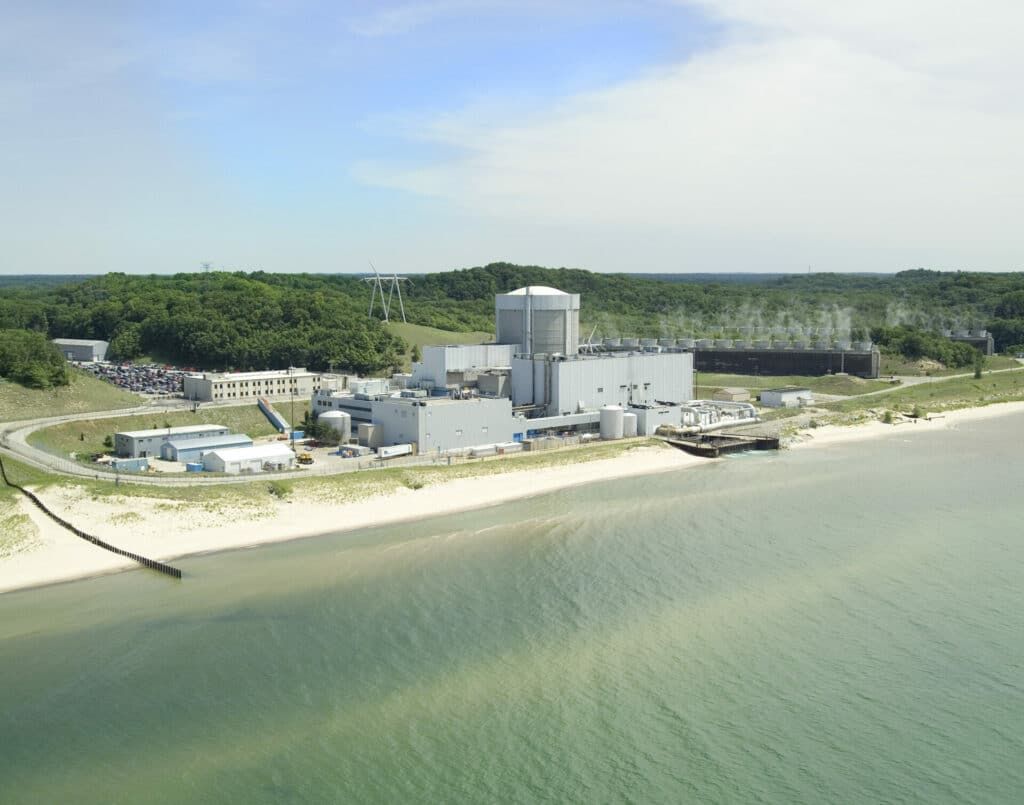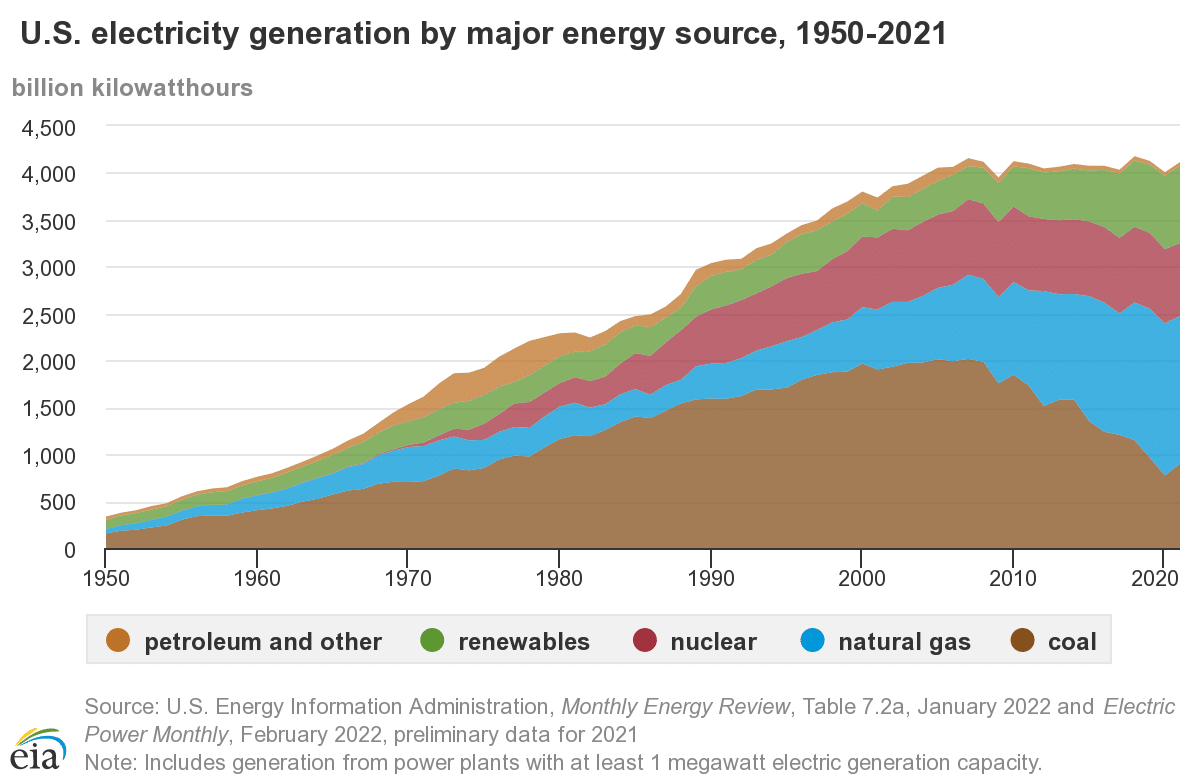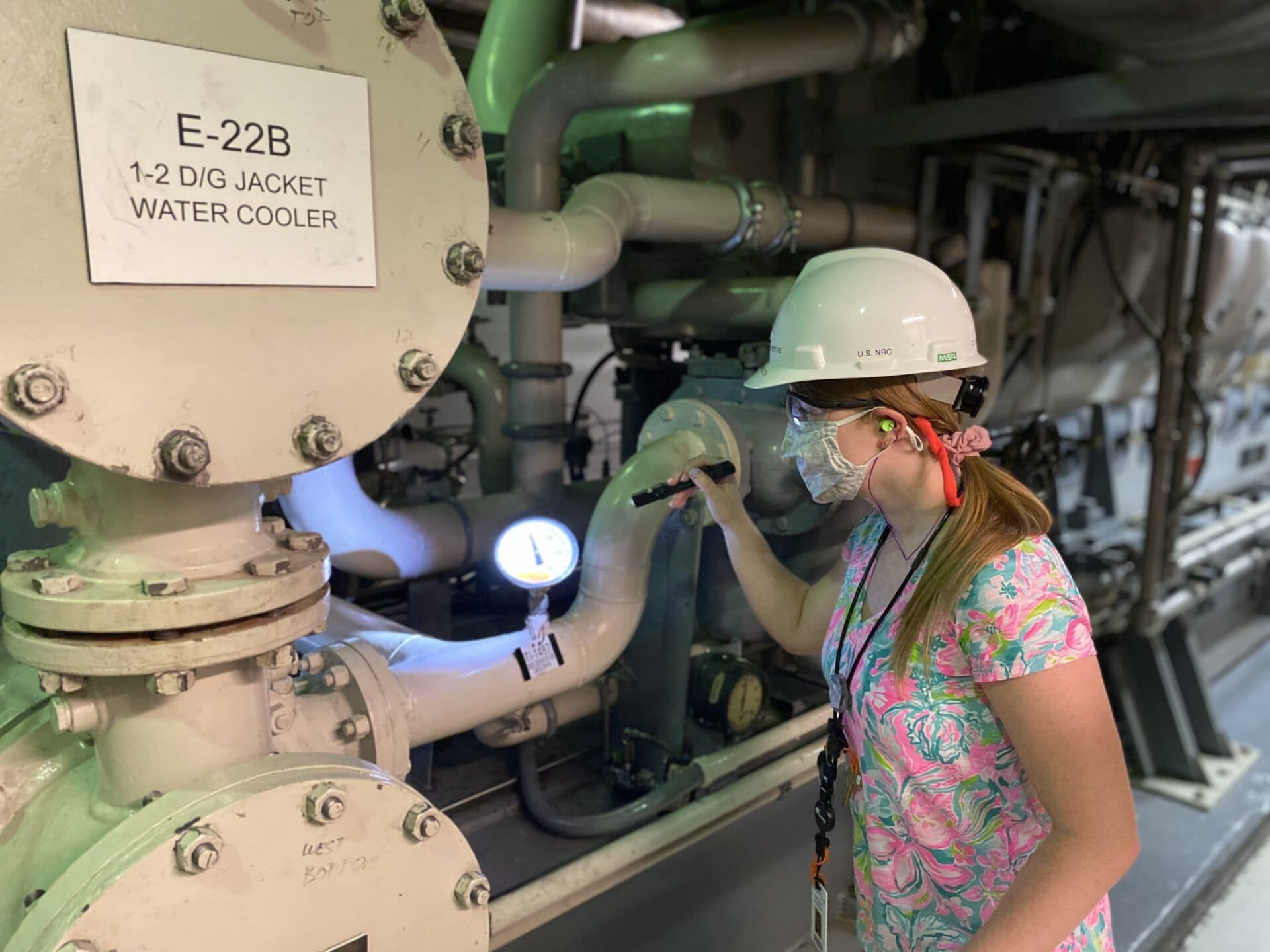A $6 billion bailout for US nuclear power plants?
By Dawn Stover | April 26, 2022
 Palisades Nuclear Plant is located near Covert, Michigan, on the eastern shore of Lake Michigan. Photo courtesy of ©Entergy Nuclear, CC by NC-ND 2.0
Palisades Nuclear Plant is located near Covert, Michigan, on the eastern shore of Lake Michigan. Photo courtesy of ©Entergy Nuclear, CC by NC-ND 2.0
The massive bipartisan infrastructure bill signed into law in mid-November included $6 billion for the Energy Department to establish a Civil Nuclear Credit Program. The program will “help preserve the existing US nuclear reactor fleet and save thousands of high-paying jobs across the country,” the Energy Department claimed, saying the nation’s current reactors are “vital” to achieving climate goals.
The credit program kicked off last week and immediately came under fire from nuclear watchdogs who said it could keep some financially troubled reactors operating longer than is safe.
It’s unclear how many nuclear reactors and jobs, if any, will be rescued by the new program. The Energy Department has no estimate. The program will extend only through fiscal year 2026, so even utilities that are approved to receive credits will have no long-term guarantee of federal help. And it appears that the owners of the only three reactors eligible for the first phase of the program have no interest in pursuing it.
A key piece of America’s climate plan. There are currently 93 nuclear reactors operating in the United States. Together they generate almost one-fifth of all US electricity—and “more than half of our carbon-free electricity,” said Energy Secretary Jennifer Granholm in a statement announcing the program.

The Biden administration is counting on those reactors to help hit its climate targets: a carbon-pollution-free electricity sector by 2035 and net-zero emissions economy-wide by 2050. Unlike fossil fuel-fired power plants, nuclear reactors do not emit climate-altering gases while operating.
However, nuclear reactors have struggled economically in recent years, as natural gas and renewable energy have become increasingly affordable. In the past decade, a dozen reactors have shut down before their operating permits expired, and more closures are looming. Before the credit program began, the Energy Information Administration projected that the United States would lose about a quarter of its nuclear fleet by 2050.
Which reactors will get credits? The certification and bidding process that just began has two components. First, owners or operators who want to apply for credits must certify that their reactor is in a competitive electricity market, that the reactor will be forced to close for economic reasons, and that the closure will lead to a rise in air pollution. They will need to supply data including projected costs and losses, estimates of air pollutants, information about where their uranium fuel comes from (bonus points for reactors that rely more on domestically produced uranium), and a detailed plan for how they would sustain operations after the credits—which will be issued for four years—run out.
Applicants must also submit sealed bids in which they request credits on a price per megawatt-hour basis, based on how much help they need to stem their economic losses.
The first round of awards, with applications due on May 19, is open to reactors that have already announced plans to shut down before September 30, 2026. The second phase of the program will be open to any reactors that can make a case for economic hardship.
Only three reactors fall into the first category: the Palisades reactor in Michigan and the two Diablo Canyon reactors in California. However, spokespersons for the operators of those reactors say the credit program will not change their closure plans.

Under the program guidance issued by the Energy Department, the Diablo Canyon reactors do not even appear to be eligible for credits, because they are in a regulated market rather than a competitive one. Also, the California reactors are closing as the result of a negotiated settlement between their owner, environmental groups, and other parties that is unaffected by the credit program. Furthermore, it might be difficult for PG&E, the reactors’ owner, to prove that closing Diablo Canyon—in a state that has been adding solar capacity rapidly—will lead to increased emissions.
On the verge of retirement. The Palisades reactor, which is more than 50 years old and scheduled to shut down at the end of May, has a better case for receiving credits. But the reactor’s owner, Entergy, says it’s too late to prevent it from closing.
Still, Michigan Governor Gretchen Whitmer insists she wants to keep Palisades operating. It’s difficult to see how that could happen unless another company steps up quickly to buy the plant, but a letter sent last week from Whitmer to Granholm—who is not only the Energy Secretary but also a former Michigan governor—said Michigan would support a “compelling” application for Palisades to receive a bailout from the credit program.
Beyond Nuclear and several other nonprofit groups say it would be dangerous to keep Palisades running past May. “I think it’s playing with fire,” says Kevin Kamps, a radioactive waste specialist at Beyond Nuclear. “They are trying to keep age-degraded reactors on life support.”
Kamps says Palisades has the most embrittled reactor pressure vessel in the country, a degraded lid, and steam generators that need replacement for the second time. Entergy did not make promised repairs after the reactor changed hands in 2007, he says.
“The closure of Palisades has been planned for five years, so why is this all happening now?” asks Tim Judson, executive director of the Nuclear Information and Resource Service (NIRS), a nonprofit anti-nuclear group. The state had five years to help the community transition to other energy sources and job opportunities, he says.
The renewables option. Judson says his group sees the new credit program as “largely a waste of time and money,” but concedes that it’s “set up in a way that’s fairly rational.” It prioritizes the reactors at greatest economic risk and best positioned to prevent emissions from rising, rather than simply crediting every nuclear reactor for the electricity it produces—the industry’s preferred approach.
However, Judson and many others who submitted public comments about how to design the credit program say it should have included an option for submitting proposals to replace existing nuclear power plants with cost-competitive renewables and energy efficiency improvements. “Maybe they could fund that instead of a lifeline for aging plants,” Judson suggests.
It’s possible the Energy Department will find no takers for the first year of its new program. If that happens, says Judson, “it’s going to look like it’s not succeeding.”
Any successes that do occur will probably be short-lived. The Energy Information Administration projects that the federal credit program, together with subsidies from states like New York and Illinois, will keep some reactors profitable over the next five to 10 years but that retirements will resume after the legislation expires and the credit payments stop.
Together, we make the world safer.
The Bulletin elevates expert voices above the noise. But as an independent nonprofit organization, our operations depend on the support of readers like you. Help us continue to deliver quality journalism that holds leaders accountable. Your support of our work at any level is important. In return, we promise our coverage will be understandable, influential, vigilant, solution-oriented, and fair-minded. Together we can make a difference.
Keywords: Palisades, diablo canyon, nuclear credit program, reactors
Topics: Climate Change, Nuclear Energy
















It appears that Secretary Granholm’s information was out of date when she said nuclear energy provides “more than half of our carbon-free electricity.” A friend alerted me to a release posted by the EIA two days ago, which reports that electricity generation by renewables in the electric power sector surpassed nuclear last year: https://www.eia.gov/todayinenergy/detail.php?id=52178
renewables use too much space and are not as efficient as nuclear. a combination of the two is the correct answer. nuscal has a small reactor that has just been certified. it is efficient and safe and takes up very little area.